PPT-Vladimir Il’ich Ul’ianov
Author : webraph | Published Date : 2020-10-22
aka Lenin In 1887 shortly after the death of his father Lenins older brother Alexander was arrested in St Petersburg for plotting against Tsar Alexander III In 1881
Presentation Embed Code
Download Presentation
Download Presentation The PPT/PDF document "Vladimir Il’ich Ul’ianov" is the property of its rightful owner. Permission is granted to download and print the materials on this website for personal, non-commercial use only, and to display it on your personal computer provided you do not modify the materials and that you retain all copyright notices contained in the materials. By downloading content from our website, you accept the terms of this agreement.
Vladimir Il’ich Ul’ianov: Transcript
Download Rules Of Document
"Vladimir Il’ich Ul’ianov"The content belongs to its owner. You may download and print it for personal use, without modification, and keep all copyright notices. By downloading, you agree to these terms.
Related Documents

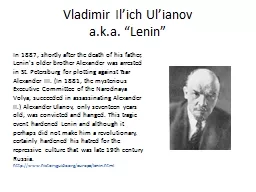

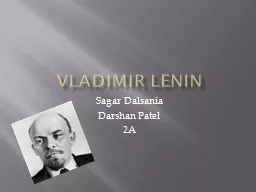
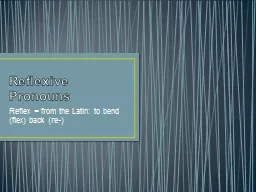
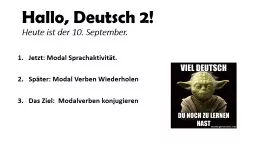
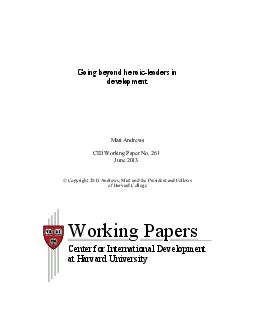




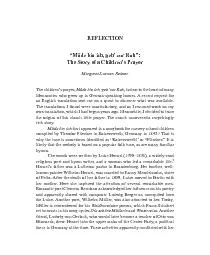
![[DOWNLOAD] Unternehmen Gründen - Die ICH-AG: Der Leitfaden in die Selbständigkeit. Wie](https://thumbs.docslides.com/1005210/download-unternehmen-gr-nden-die-ich-ag-der-leitfaden-in-die-selbst-ndigkeit-wie-starte-ich-ein-gewerbe-ohne-h-rden-und-fallen-der-leitfaden-zum-erfolg-unternehmen-gr-nden-die-ich-ag-german-edition.jpg)

